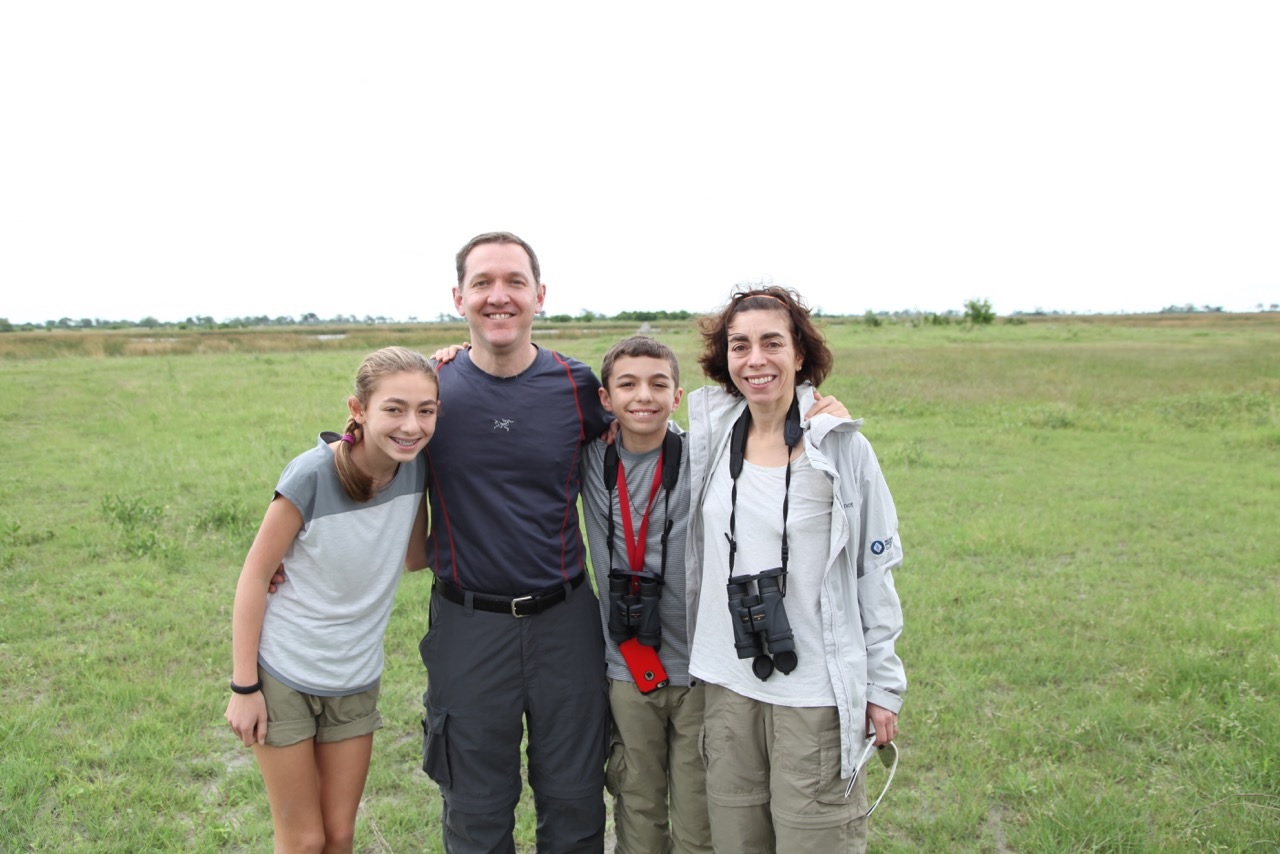Red Hat is an international leader when it comes to enterprise open source software. That means the company must attract highly educated, young professionals who are in big demand. To stay on top, Red Hat must appeal to those men and women. Red Hat CEO Jim Whitehurst says the quality of life found in the community is an important part of that appeal.
“Our biggest competition isn’t for our customers, it’s for the best talent,” he explains. “The best and brightest have their choice of where to work – both companies and locations. More and more, we are finding that quality of life is a major determinant of where top talent chooses to live and work. I am constantly asked by people we are recruiting about the recreational opportunities in North Carolina.”
That’s why Whitehurst, who sits on the Board of Directors for The Conservation Fund, supports public funding for land and water conservation. “NC is situated in a great area that spans mountains to beaches, but we need to ensure that some of those areas are preserved and accessible for recreational use,” he says.
Even though he works in a high-tech business, Whitehurst says getting out in nature is important for everyone’s wellbeing. “I live and work in the hectic high tech world. It is exciting and fast-paced, but also exhausting. My kids live a similar world – with iPads at school and video games at home,” he explains. “Some of our best quality family time is when we are able to get away from it all. Being in nature allows our family to build deeper bonds. It gives us time to reflect, but also be together without the myriad distractions of our normal everyday lives.”
His love of nature began with his grandfathers and parents fishing and hiking as a family. “I’ve been lucky enough to be able to do this with my kids. Going forward, I want to make sure that I can do the same with my grandchildren,” he concludes. “And I want to make sure that others who may not have the same capacity to ’hop on a plane’ also have those opportunities nearby where they live.”
Read more stories from the 2017 Conservation Yearbook here.
Post date: April 1, 2017

